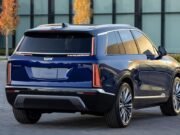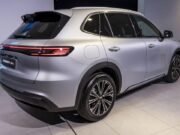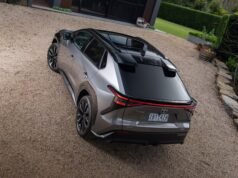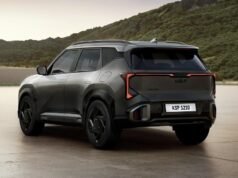The 2026 Hyundai Nexo is one step closer to an Australian launch, with the second-generation hydrogen-powered electric SUV receiving regulatory compliance from the federal government’s Department of Infrastructure.
While details remain thin at this stage, Australian Design Rule certification documents discovered by CarExpert confirm the model will employ a hydrogen fuel-cell powertrain – as with the first Nexo, of which there are currently 35 being used on roads across Australia.
Being a fuel-cell electric vehicle (FCEV), the Nexo is essentially an electric car – but rather than having to be recharged via an electrical outlet, it uses a fuel cell to convert compressed hydrogen gas into electricity, with pure water being the only byproduct.
CarExpert can save you thousands on a new car. Click here to get a great deal.

The latest Nexo now features a 2.64kWh battery – up from 1.56kWh in the original Nexo – which powers a 150kW electric motor, and delivers a claimed 0-100km/h time of 7.8 seconds, making it more than a second quicker than the previous model.
Thanks to a torque-vectoring system, drivers should also benefit from improvements in traction and handling.
With a slightly larger 6.69kg hydrogen tank, Hyundai says its next Nexo has a driving range of more than 700km, based on South Korea’s more conservative test protocols. Refilling is said to take just five minutes.
Larger than its predecessor, the forthcoming Nexo features Premium Relaxation Seats with leg rests for first-row occupants, while second-row passengers will get ventilated reclining seats, and back doors that open wider than before.

Boot space is 993 litres, which the company says can accommodate up to four golf bags.
Hyundai has used sustainable materials throughout the interior, with different types of bio-leather and fabric made from recycled plastics, among others – though the cabin design follows other electric vehicles from the company’s lineup.
A double-wide screen – composed of twin 12.3-inch displays – features wireless Apple CarPlay and Android Auto, and voice recognition with artificial intelligence (AI).
The Korean car giant says there have been improvements to the vehicle’s aerodynamics and cabin insulation – aided by active noise-cancelling technology and sound-absorbing tyres.

While pricing and details of local specifications have yet to be announced, it’s expected the new Nexo will only be available in limited numbers to governments and specially selected organisations on a lease basis, as with the previous model, due to Australia’s limited hydrogen refueling infrastructure.
A spokesperson for the company confirmed the new Hyundai Nexo will be launched locally in 2026, but said no other details are available at this time.
























